
Live streaming the Nagoya Women’s Marathon with Sony M2 Live Interview with TOKAI TV Production staff
The Nagoya Women’s Marathon 2023 was held on March 12, 2023. It was broadcast nationwide by TOKAI TV on the Fuji Television network. A live stream on YouTube was also made available on the “aispo!”sports information portal in Aichi Prefecture, using Sony M2 Live.
We interviewed Mr. Jun Endo, General Manager of the Video Engineering Department of the Technical Center at TOKAI TV Production, and Mr. Taizo Makino, an expert in the Video Engineering Department, who were in charge of streaming, about the actual streaming delivery and how they felt about using M2 Live.

Mr. Jun Endo (left), General Manager of the Video Engineering Department of the Technical Center at TOKAI TV Production, and Mr. Taizo Makino, an expert in the Video Engineering Department
Production and streaming operations of TOKAI TV Production
Please tell us about TOKAI TV Production.
Mr. Endo: It’s a subsidiary of Tokai Television Broadcasting Co. Ltd. that provides production services. We are in the Video Engineering Department. We provide a full range of technical services, including on-location coverage, studio recording, relay technology, and streaming. In addition to Tokai Television Broadcasting, we also work with other companies such as streaming service providers.
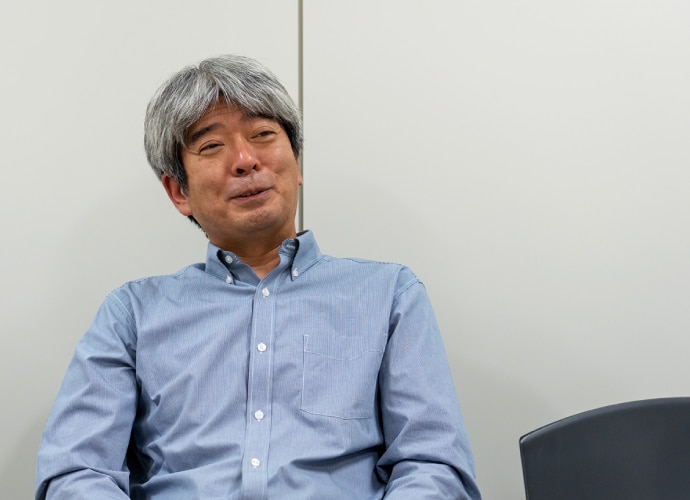
What kinds of streaming operations have you handled so far?
Mr. Endo: We provide many streaming services, including official YouTube and paid streaming program content production for our clients. We also produce content for paid streaming programs. We use a variety of streaming methods, including software-only and hardware encoders, and select the most appropriate method depending on the scale of the project.
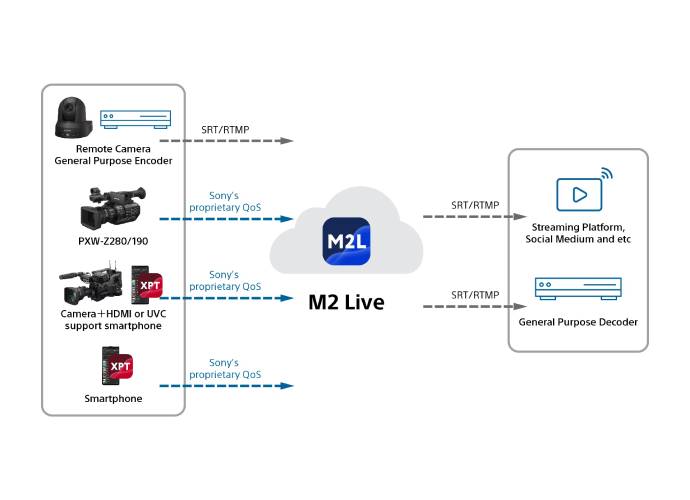
What is M2 Live?
M2 Live is a fully cloud-based switching system. Video signals can be transmitted from a camera, a smartphone, or an encoder to the cloud for switching.
Since it is provided as SaaS, it enables switching from any location, as long as there is an Internet connection. Also, the simple UI makes it easy to intuitively operate functions such as video/audio switching and logo superimposition.
Advantages of the cloud in adopting M2 Live
What made you decide to use M2 Live for this stream?
Mr. Endo: In August 2022, it was time to start considering the streaming system for this year’s Nagoya Women’s Marathon 2023. In fact, we were in charge of streaming the Nagoya Women’s Marathon last year as well, but with last year’s method, we had to send the video from the marathon site wirelessly and return it to the baseband in some way, which was time-consuming and labor-intensive. Therefore, we wondered if there was any way to do it better. At that time, we had the opportunity to learn about and use M2 Live, which is entirely cloud-based from input to output, so we decided to use it.
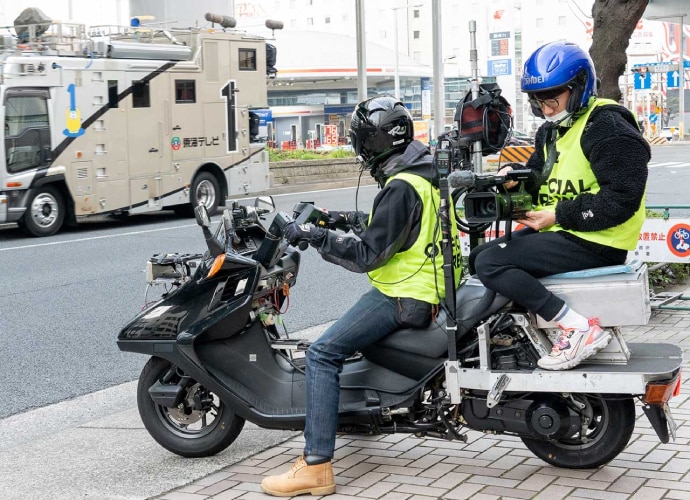
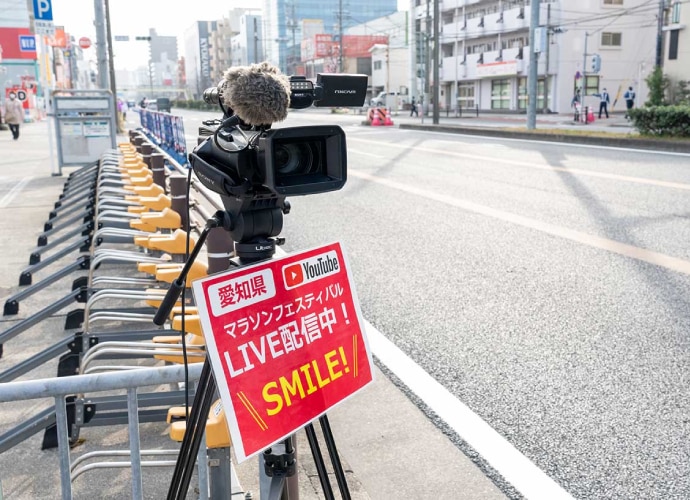
What was the environment like for filming?
Mr. Endo: To film the event, we used a total of five cameras, one on a motorcycle and four fixed units. The fixed cameras were also repositioned as the marathon progressed, to continue filming. The cameras were handled by the production team, and since they were cameras normally used by the director, there were no problems at all with their operation. We added video streaming equipment to the cameras, and the data was received in the M2 Live cloud.
The only other thing to do on site besides shooting was to switch on the streaming equipment, so there was no burden or trouble at all for the film crew. These advantages are also benefits of the cloud system.
How was the experience of operating M2 Live?
Mr. Makino: The user interface for the operation is very simple. Also, familiar terms such as DSK are used, and once I learned them, I was able to operate the system with no stress. If you only have experience using professional hardware switchers, you may need to get a little used to software switching.
Also, the previous software was not as functionally versatile as M2 Live, so some aspects of the operation were not as smooth as they could be. For example, with M2 Live, pre-registered tickers can be displayed as icons, and it was very helpful to be able to select the visuals we wanted, even from multiple tickers. I would also like to use various functions, such as keying, in the future.
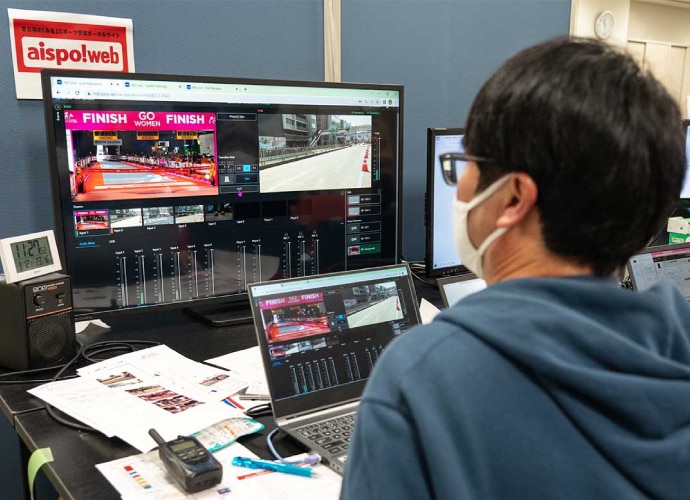
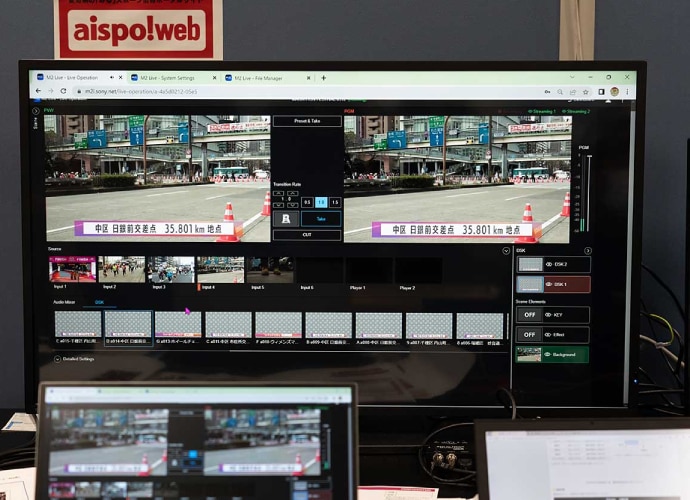
How about the operational response?
Mr. Makino: There was no stress at all. We switched between the five cameras by clicking on the operating screen, and had no problems.
Mr. Endo: We considered adding hardware for switching, but decided against it this time, to avoid the additional hardware affecting the system in any way. I would like to use this system in combination when quick switching is required for sports broadcasts.
For the first time ever, you were streaming with a fully cloud-based system. How was it?
Mr. Endo: We used five cameras this time, and there was no time lag that would have changed the timing between them, so we were able to operate the system from input to output with no problems. From a system engineering point of view, there were no obstacles at all in the construction of the system.
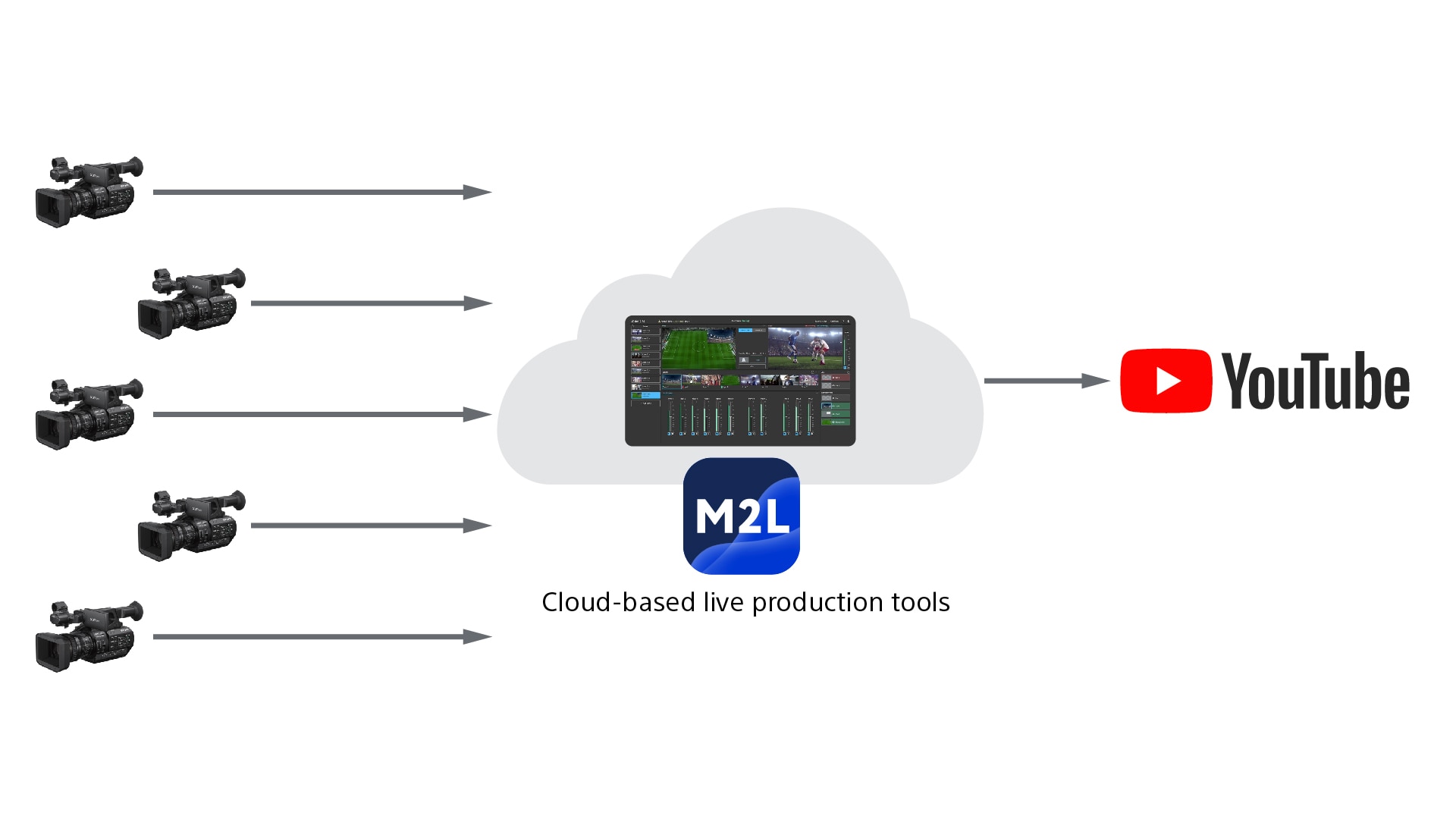
What are the advantages of a fully cloud-based system?
Mr. Endo: First of all, the amount of necessary equipment is reduced. Until now, when receiving the camera video signal, we had to connect a receiver if it was wired or relaying. That increases both the equipment and the amount of hassle involved.
With M2 Live, distances to camera locations are irrelevant. Once the video is in the cloud, all the receiver has to do is look in the cloud. To put it another way, all you need is one PC and an Internet connection.
Also, when multiple video signals are input to a PC, that PC needs to have high-spec processing power. With M2 Live, there is no problem as long as the connection speed can be guaranteed, since the cloud is accessed through a browser.
If you only know TV broadcasting methods, streaming tends to be very labor intensive. Broadcasting and streaming have very different approaches. It is also important to be flexible so that streaming can be achieved with simple configurations.

Expectations for M2 Live
Do you have any additional requests for M2 Live functions?
Mr. Makino: On the screen for displaying subtitles, the order in which subtitles are displayed is fixed in the order in which they were entered, so it would be nice if the order could be freely changed later. We also thought it would be good to be able to freely customize the layout of the entire screen interface, including the position and size of each function, such as the audio mixer and CG.
If working indoors, you can use a large monitor, but there are also times when you work on a laptop in a vehicle onsite. I think it would improve work efficiency if the interface could be customized for the environment you’re in at the time.
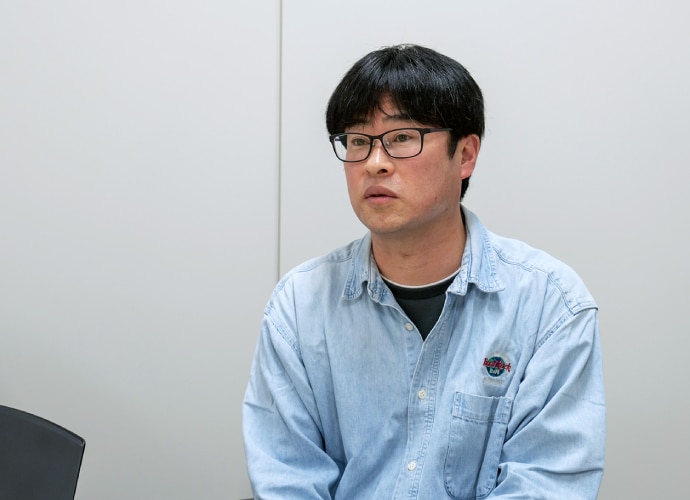
What would you like to do with M2 Live in the future?
Mr. Endo: We would like to try a multitasking streaming environment with multiple operators, each responsible for things like audio mixing or computer graphics. The people for each task could be in different locations. Theoretically, they could even work from home. For example, M2 Live could be linked to Singular.live, but the staff that creates the CG could be in Osaka and the staff that does the switching on M2 Live could be in Okinawa. You could use personnel resources located throughout the country with no unnecessary travel.
Also, the PXW-Z280 and PXW-Z190 could output Sony’s proprietary QoS technology streaming, allowing input to M2 Live with only a camera. These cameras could also be used for regular location shooting, which is interesting because it gives us more options for streaming. I think this is only possible because Sony also provides equipment in the broadcasting field.
In this sense, the fact that the system is supported by Sony, which is well versed in the broadcasting field, gives us great confidence in a support system that allows us to communicate our requests while knowing who we are dealing with.
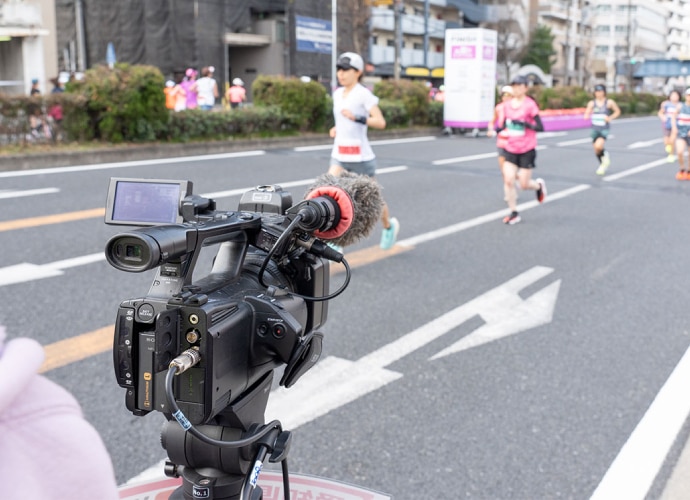
Utilizing TV technology to improve the quality of streaming
What are your thoughts on streaming in general?
Mr. Endo: During this marathon live stream, we responded to comments from the streaming audience and reflected them in the switching. We have been making videos that reflect the YouTube comments section, and audience reaction has been good. I think those aspects are methods that are not found in television broadcasting.
In addition, various methods are made possible by utilizing not only broadcasting equipment but also consumer equipment. A fully cloud-based system like M2 Live also enables easier and more stable streaming.
However, it takes skill in planning, composing, and directing what to communicate and how to communicate it. We are both a television production and live streaming company. We hope that by applying the skills we have cultivated in television to streaming, we can help to improve the overall quality of streaming.
This article is republished from PRONEWS.